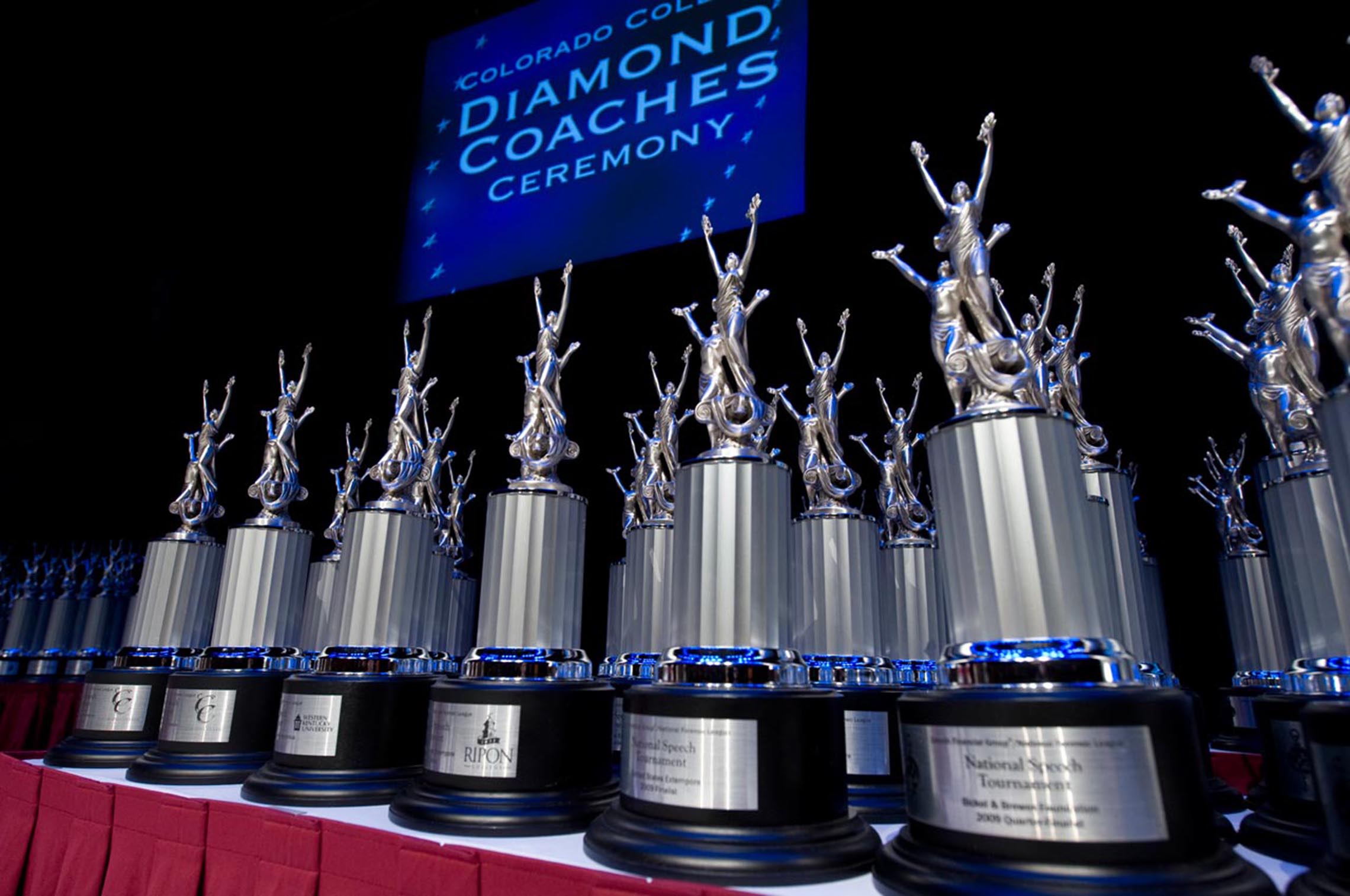[fblike]
The ideal extemp speech should utilize, on average, seven to ten sources. Most extempers get their sources from newspapers and magazines, but they fail to enhance their analysis by incorporating a diverse array of sources from different publications and/or geographic locations. Ensuring that your speeches have good source diversity can create more insightful analysis of your topic and also ensure that you are getting a variety of perspectives to consult in order to answer a particular question.
This strategy piece will discuss the importance of source diversity and provide tips so that you can make sure to avoid consulting only a few resources in a round.



